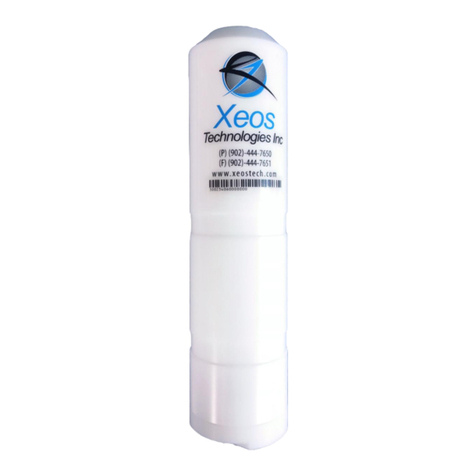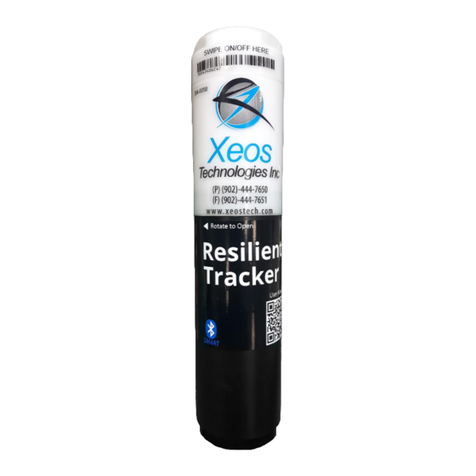
Rover User Manual Version 3.0 4
Orientation Change Message................................................................................................... 16
Communicating with the Rover .................................................................................................... 17
Sending Commands via Email .................................................................................................. 17
Command Format................................................................................................................ 17
Command Structure ............................................................................................................ 17
The Unlock Code.................................................................................................................. 18
Sending the Command ........................................................................................................ 18
Sending Commands Using XeosOnline .................................................................................... 19
Setting up to Send ............................................................................................................... 19
Xeos Beacon Bluetooth App..................................................................................................... 19
Messages to the Rover.................................................................................................................. 20
Settings..................................................................................................................................... 20
Lifetime Stats............................................................................................................................ 21
Stats.......................................................................................................................................... 21
Timers............................................................................................................................................ 22
Rover/ROBY Timer Intervals..................................................................................................... 23
Timer Command....................................................................................................................... 23
Changing the Timers............................................................................................................ 24
Watch Circle.................................................................................................................................. 25
Enabling the Watch Circle ........................................................................................................ 25
Setting the Watch Circle........................................................................................................... 25
Message Enable ............................................................................................................................ 26
Encryption ..................................................................................................................................... 27
Generating your Key................................................................................................................. 27
Enabling Encryption.................................................................................................................. 28
Setting Up Encryption on XeosOnline ...................................................................................... 28
Flash Memory ............................................................................................................................... 29
Dumping the Flash Memory..................................................................................................... 29
Deleting the Flash Memory...................................................................................................... 30
Other Commands.......................................................................................................................... 31
Testing the Rover .......................................................................................................................... 32
Before testing........................................................................................................................... 32
Testing ...................................................................................................................................... 32





























